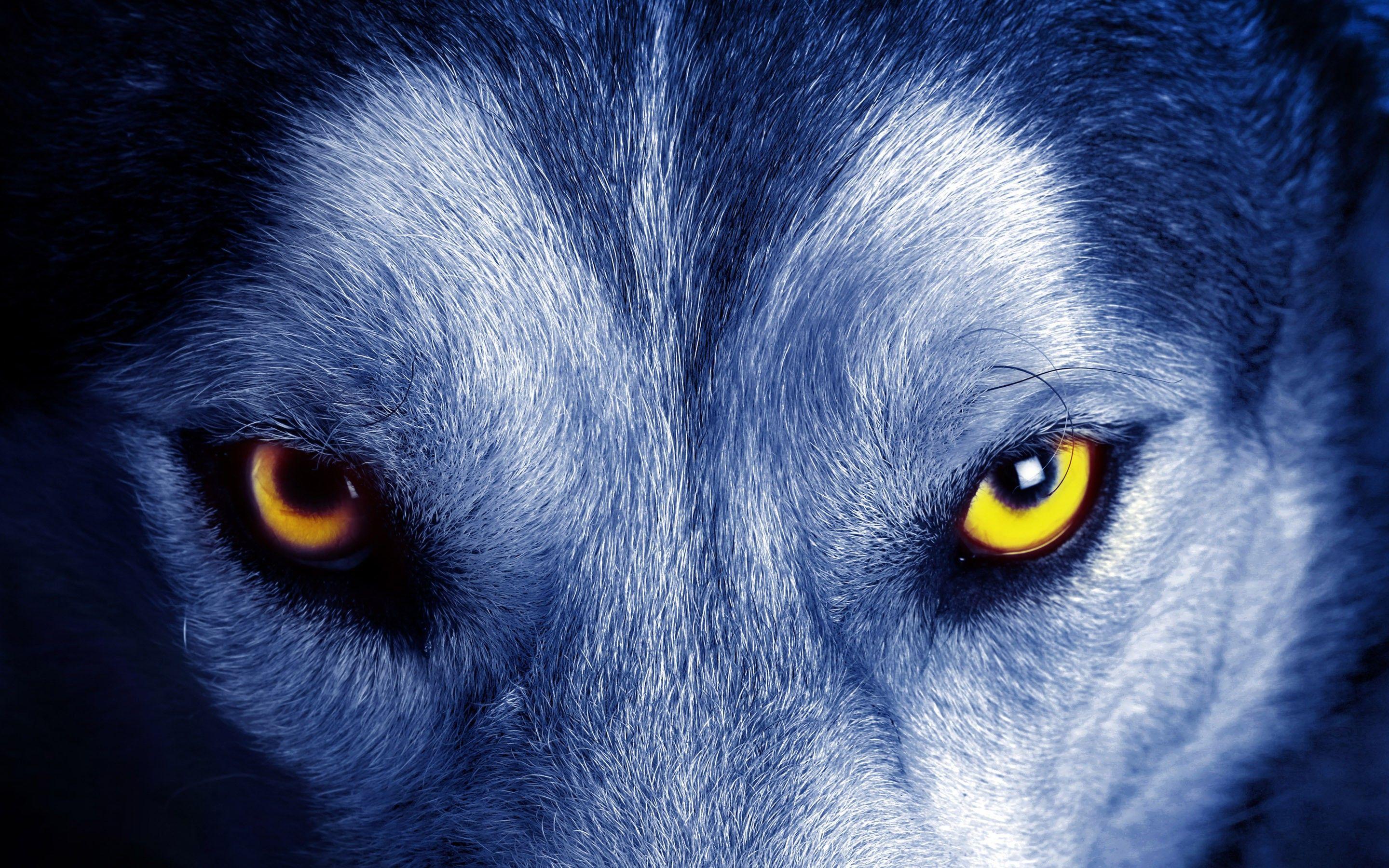
Wolves are majestic creatures, known for their stunning features and captivating presence. One of their most remarkable attributes is their eyes, which hold a mysterious and mesmerizing charm. The piercing gaze of a wolf can leave anyone in awe and admiration. In this article, we will explore the enchanting world of wolf eyes and delve into the significance they hold in the animal kingdom.
1. The Power of Gaze
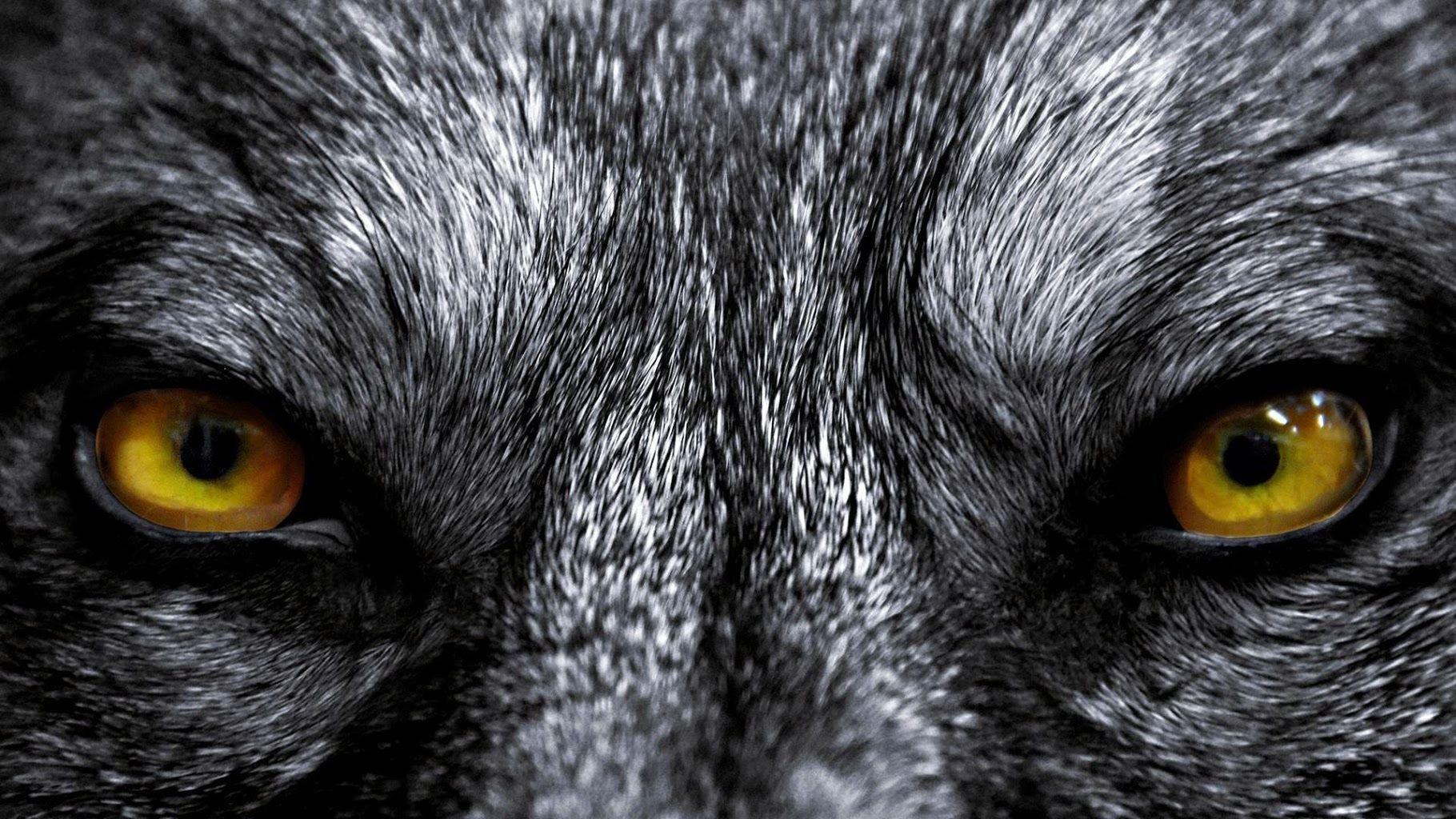
Wolf eyes possess an undeniable power that can communicate a vast range of emotions and intentions. Their eyes are adept at conveying messages to both pack members and potential threats. The intense gaze of a wolf can serve as a warning, a display of dominance, or a means of establishing social bonds within the pack.
2. Adaptation for Nocturnal Life

Wolves are primarily nocturnal creatures, relying on their exceptional night vision to navigate through the darkness. Their eyes have evolved to maximize the capture of minimal light available during the night. The structure of their eyes includes a large cornea, a high number of rod cells for enhanced light sensitivity, and a specialized reflective layer called the tapetum lucidum that amplifies incoming light.
3. Color Variations

Contrary to popular belief, wolf eyes come in various colors, similar to those found in domestic dogs. The most common shades include amber, brown, and yellow. These colors not only add to the beauty of the wolves but also serve as a means of distinguishing individuals within a pack.
4. Hypnotic Blue Eyes
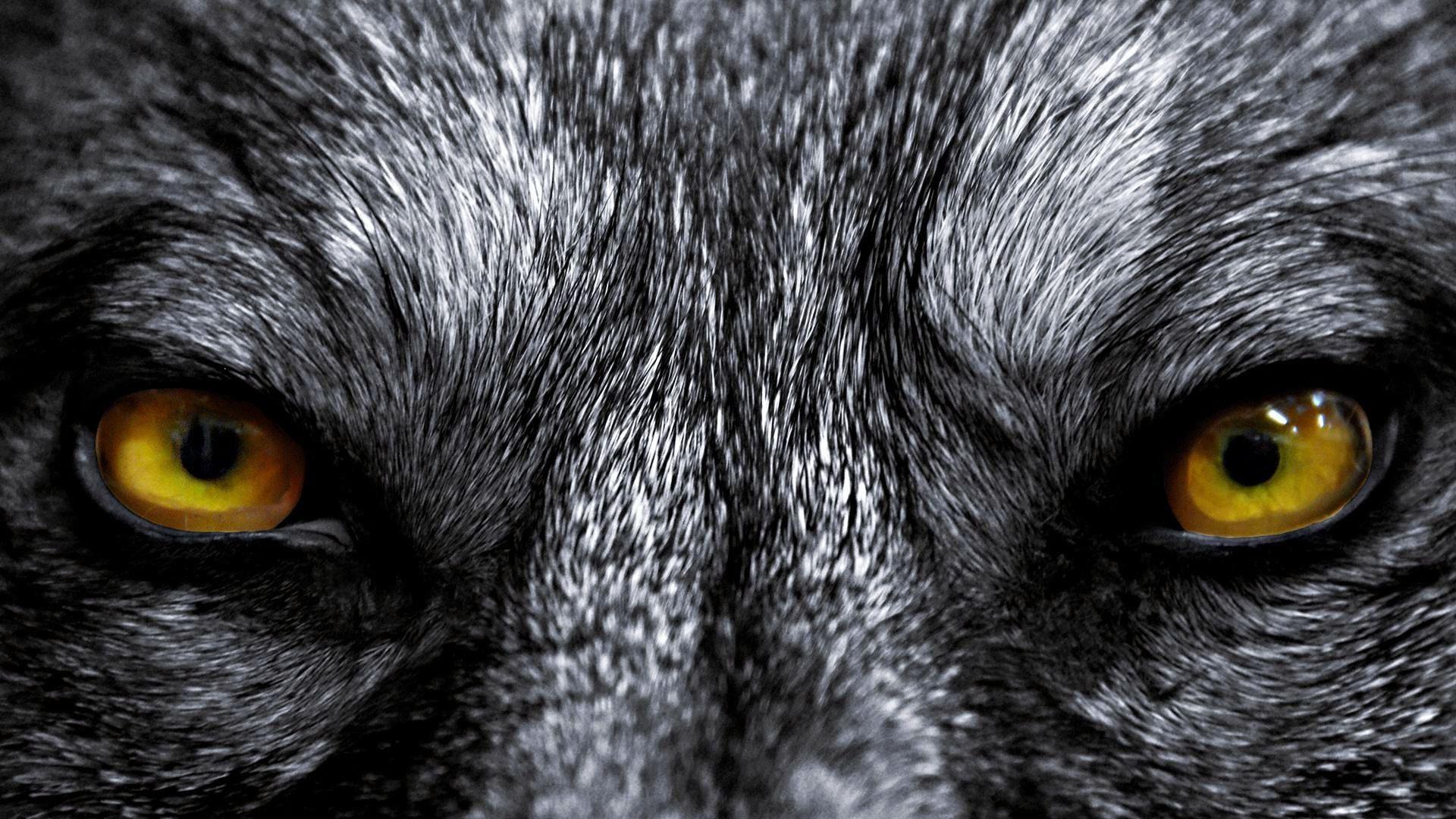
Although relatively rare, some wolves possess mesmerizing blue eyes that capture the imagination of those who encounter them. Blue eyes in wolves result from a genetic variation, much like in certain dog breeds. This unique trait adds an extra touch of allure to these already captivating creatures.
5. Superior Peripheral Vision
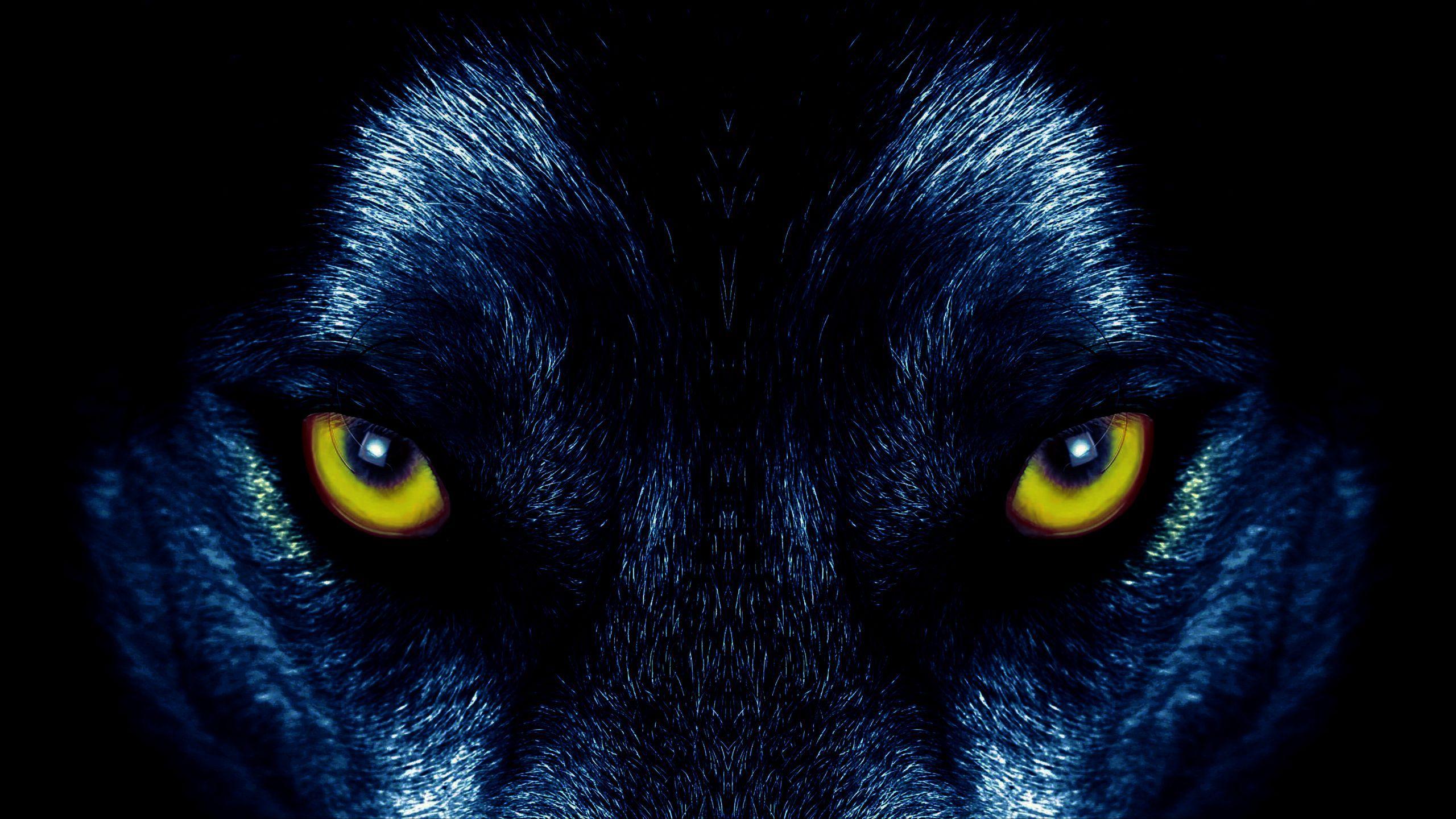
Wolves have exceptional peripheral vision, allowing them to spot movement from the corners of their eyes. This wide field of view is crucial for their survival, as it helps them detect potential prey or threats lurking nearby. Their ability to quickly identify movement in their surroundings gives them a significant advantage in hunting and evading danger.
6. Communicating Through Eye Contact
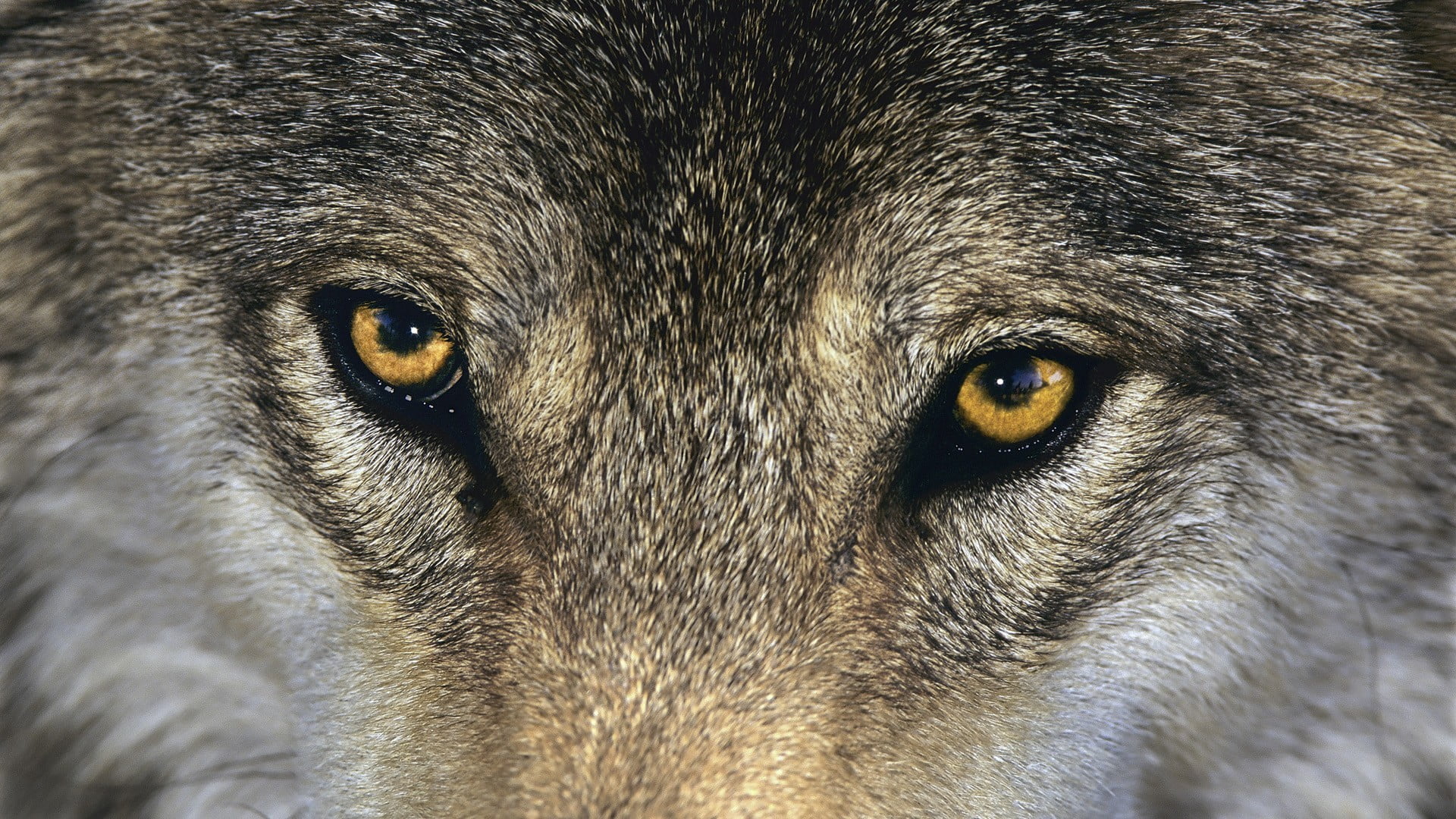
Eye contact plays a vital role in wolf communication. Wolves use eye contact to convey dominance, submission, or to maintain social bonds within the pack. Staring directly into the eyes of a wolf is often seen as a challenge and may provoke a strong reaction. Understanding and respecting their communication cues can help establish a peaceful interaction with these magnificent creatures.
7. Keen Sense of Sight

Wolves have an exceptional sense of sight, surpassing that of humans in many aspects. They can see clearly over long distances, enabling them to spot prey or other wolves from afar. This acute vision aids them in hunting, territorial defense, and maintaining social cohesion within their pack.
8. Expressions of Emotion
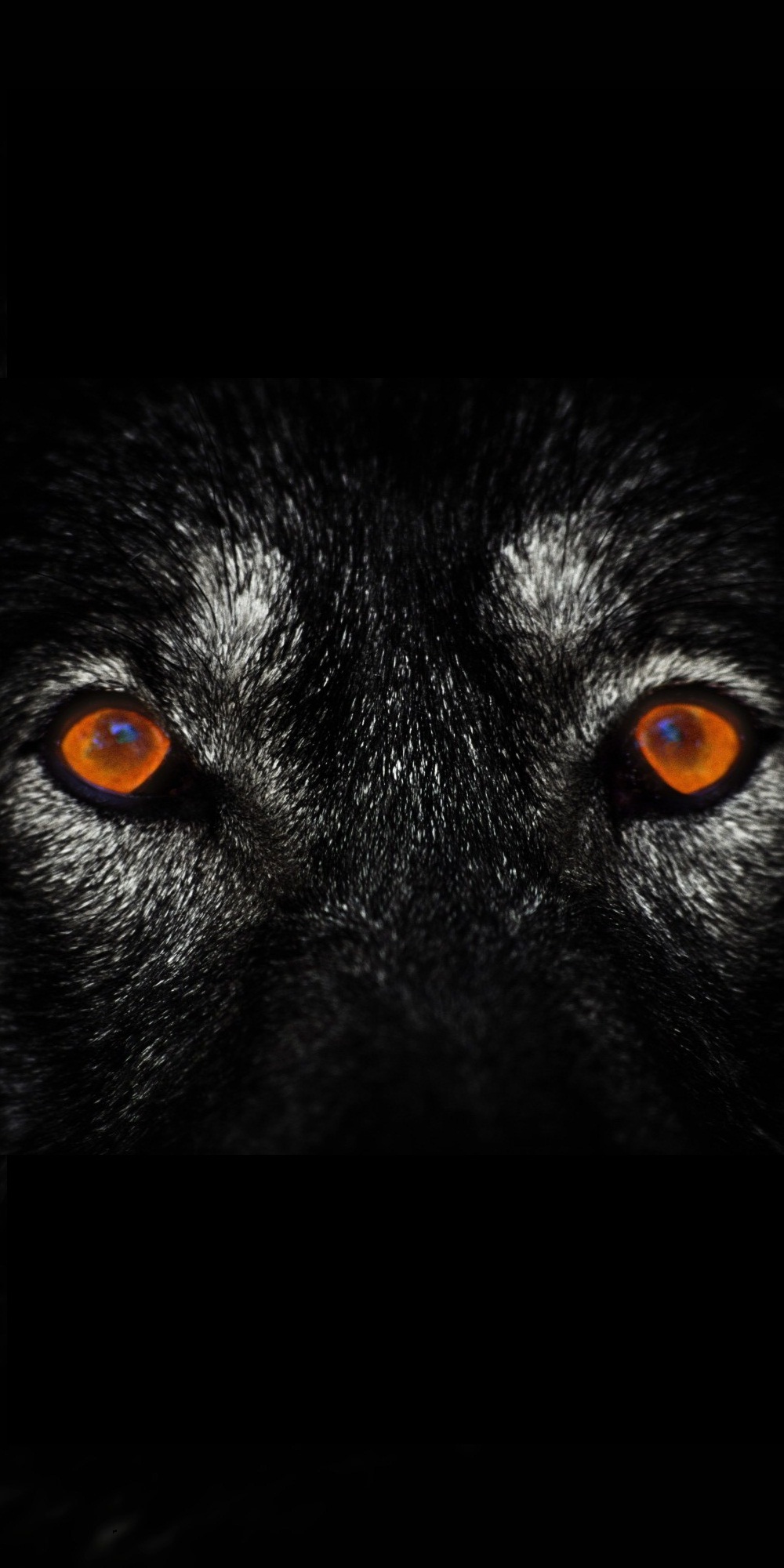
Wolves are highly expressive creatures, and their eyes play a crucial role in conveying their emotions. Whether it's excitement, fear, aggression, or affection, their eyes reflect the intensity of their feelings. The ability to read these expressions is essential for understanding their behavior and ensuring harmonious interactions with them.
9. Symbolism and Mythology
Throughout history, wolf eyes have been associated with various symbolisms and mythological beliefs. In many cultures, they represent wisdom, intuition, guardianship, and a deep connection with the spiritual realm. The enigmatic allure of wolf eyes continues to inspire artists, writers, and storytellers to this day.
10. Conservation Efforts

Understanding the significance of wolf eyes can contribute to the conservation efforts aimed at protecting these magnificent creatures. By raising awareness about their unique characteristics and the role they play in maintaining the delicate balance of ecosystems, we can help ensure the survival of wolves for generations to come.